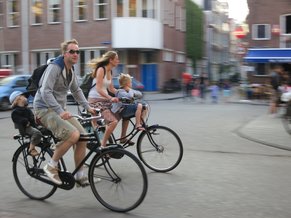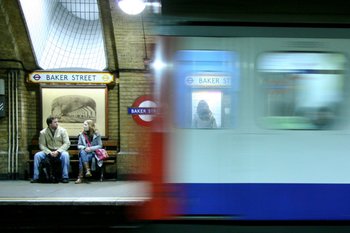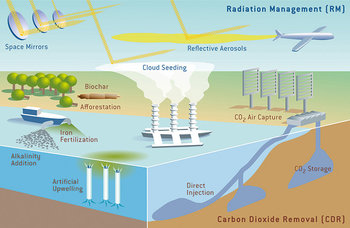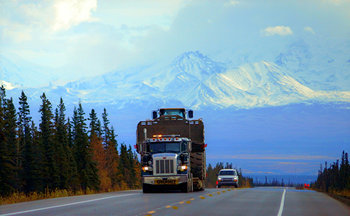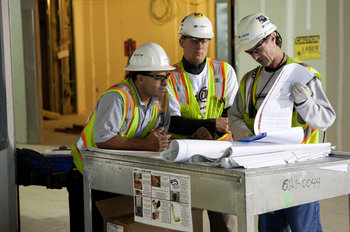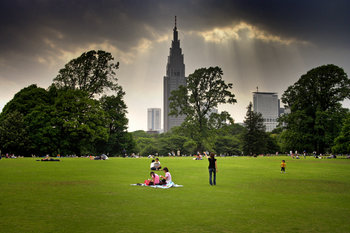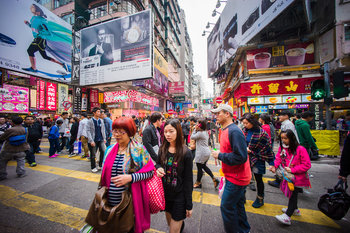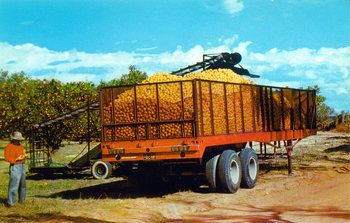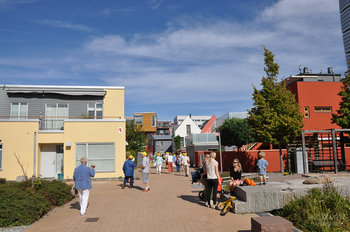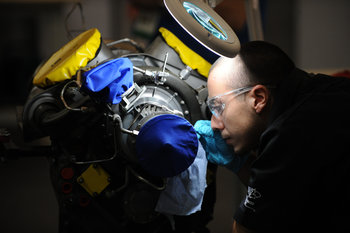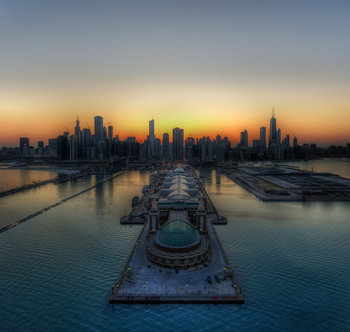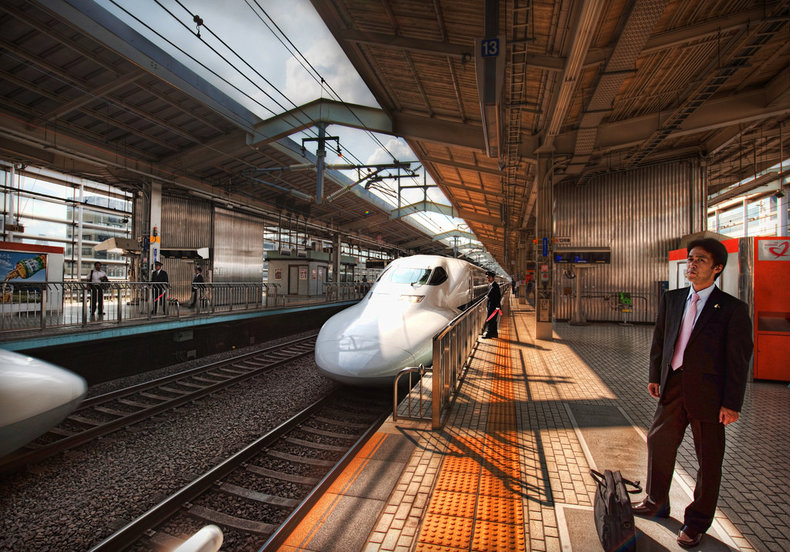
Safety
Generally speaking, high-speed rail is safer than driving or flying. For example, Japan's high speed rail system known as shinkansen has accomplished 11 Billion passenger trips over 50 years without a single passenger fatality due to derailments or collisions.Energy Efficiency
High-speed rail typically uses less energy than flying or driving. It also uses less energy per kilometer than traditional rail. A high speed train can travel 170 passenger kilometers with 1 kilowatt hour of power. That compares to 106 kilometers for a rapid train, 39 kilometers for a car and 20 for an aircraft1.Noise Pollution
High-speed rail is generally quieter than an airport or highway for similar passenger capacity.Land Use
High-speed rail uses 1/3 less land relative to passenger capacity than a highway. In other words, you'd need a highway three times as wide as high speed rail tracks to handle as many passengers2.Economic Benefits
Japan's shinkansen network was initially a financial scandal as its construction costs exceeded estimates by about two times for a total of 400 billion yen. However, the network ended up being remarkably successful handling 350 million passenger trips a year. It was considered a critical factor in Japan's economic miracle, a period of usually high growth from 1950-1990. Cities such as Osaka and Tokyo easily conduct business with up to 13 high speed trains traveling in each direction every hour. Japan estimates that the shinkansen network saves passengers about 400 million hours a year as compared with the fastest alternatives amongst traditional rail, driving or flying.China and Europe also have large high speed rail networks. The value of high-speed rail tends to be proportional to regional urban density.| Overview: High-Speed Rail | ||
Area | ||
Definition | Passenger rail designed to travel in excess of 250 km/h, or 155 mph. | |
Related Concepts | ||

